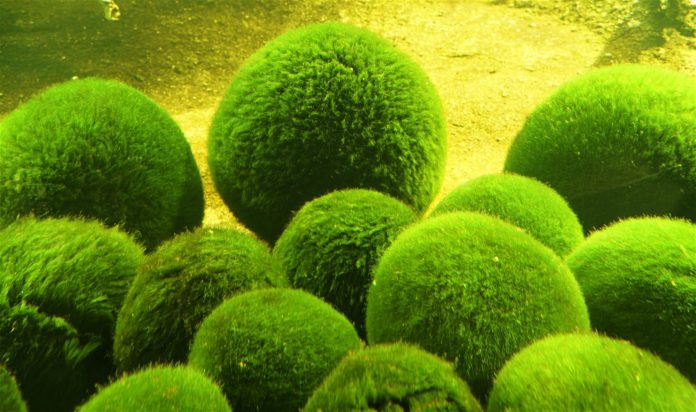You might have seen algae balls floating on the lake. Found majorly in the northern hemisphere, particularly Japan and Iceland, they hold important cultural significance particularly in Japan. Moreover, these balls have a unique specialty, they sink at night and float during the day.
Why does this happen? In order to discover the answer, scientists at the University of Bristol have conducted a study and shown that photosynthesis and daily circadian rhythms are responsible for the floating and sinking of the balls.
Scientists uncovered that when these aquatic plants photosynthesize, they become covered in tiny bubbles of oxygen, which was the cause of their buoyancy. They further tested their predictions using a chemical that stops photosynthesis. The chemical stops bubble to form and thus, the balls did not float.
Scientists then investigated whether the photosynthesizing surface of the algae balls had a biological “clock” or circadian rhythm. For this, they kept the balls under dim red light for several days.
They found that if the marimo were then given bright light at the time that corresponded to the start of the day, they floated much more rapidly than if they were given light at the middle of the day.
Ph.D. student Dora Cano-Ramirez, a lead author of the study, said: “Unfortunately, marimo balls are endangered, being currently found in only half the lakes where they were once spotted.”
“This might be caused by changes in light penetration due to pollution. By understanding the responses to environmental cues and how the circadian clock controls floating, we hope to contribute to its conservation and reintroduction in other countries.”
Scientists have published their study in Current Biology.
